A decision on Holden's future is a mere pen-stroke, email or phone call away -- and it could now happen before Christmas after the Federal Government increased its pressure on the iconic car-maker.
News Corp Australia understands the global CEO of General Motors, Dan Akerson, based at the company's headquarters in Detroit, has the sole discretion to sign away Holden's manufacturing operations and with it the jobs of 1760 factory workers.
Contrary to earlier reports -- and protocols at other companies -- the Holden decision does not need to go to the General Motors board, which meets monthly.
Mr Akerson is a $12 million-a-year man who served as an officer on a US naval destroyer in the 1970s. In just three years he has developed a reputation in Detroit as not being afraid to make tough calls, such as shutting factories or axing entire brands, such as Pontiac and Hummer and the sale of Swedish icon Saab.
A self-confessed "non-car guy", Mr Akerson has helped reshape General Motors globally since it came out of bankruptcy, driven the company to record profits and, as of yesterday, finished repaying the $50 billion loan from the US Government, which sold its remaining shares in GM.
In a recent interview with USA Today, when asked about the secrets to his success and the transformation of General Motors, Mr Akerson said: "You can't live in a crisis mode … fundamentally I've got to run a business that's gonna turn profits."
Holden has lost $432 million over the past five years and the company openly admits it loses money on each car it builds locally. Mr Akerson speaks about "fortress balance sheets" and taking emotion out of decisions by being able to "define reality".
"That was necessary in this industry and in General Motors," he told USA Today. "Once you define reality you have to provide a vision."
With pressure from the Federal Government reaching new heights after the Treasurer Joe Hockey said of Holden in Question Time "either you're here, or you're not", General Motors is increasingly being left with no option but to shut the car-making factory that Queen Elizabeth II visited in its opening year, in 1963.
It is possible an announcement by Holden could come on or before December 20 -- the last day of work for Holden factory employees before the scheduled summer shutdown, and the same day the preliminary report by the Productivity Commission is due to be released.
An early announcement would alleviate the uncertainty being felt by Holden factory workers and minimise the potential damage being done to the company's brand image.
When asked yesterday if Holden felt pressured by the Federal Government to announce a shutdown sooner rather than later, Holden boss Mike Devereux said: "Everything that could have been asked of me has been asked of me (at the Productivity Commission hearing). No decision has been made by General Motors."
When asked by News Corp Australia if an announcement would be made before or after Christmas, Mr Devereux and Holden representatives declined to answer.
A formal decision to shut the Elizabeth car making factory is believed to be a formality given the hardline stance of the Federal Government to not increase taxpayer funding to the industry, and Holden's request for more assistance.
Central to the debate over the Holden shutdown is the definition of the word "decision". In car industry terms, executives may have made up their minds on an outcome, but a "decision" is a more formal process.
It took Ford more than 300 meetings and seven years to arrive at its decision to shut its Australian factories, and Mitsubishi was questioned for four years before its eventual shutdown, the Federal Government is trying to force Holden to announce its bad news within months.
When Ford announced the 2016 shutdown its Australian factories, the decision was made at board level and included input from executive chairman William Clay Ford Jr, and Edsel Ford, both great-grandsons of Henry Ford. It then took several days for the announcement to be made to Ford workers on the factory floor.
When asked by the Productivity Commission how much extra money Holden had asked from the Federal Government, Mr Devereux said the government had the figures and would not disclose them publicly.
Carsguide understands Holden had asked for an average of $150 million per year -- the annual figures fluctuate to match the progress of vehicle development.
In March 2012 Holden agreed to invest $1 billion in two new cars to be built from 2016 to 2022, in return for $275 million in taxpayer assistance -- $215 million from the Federal Government, $50 million from the SA Government and an estimated $10 from the Victorian Government.
However after Ford announced in May this year that it was closing its factories in 2016, Holden has asked for an increase in taxpayer support because, it says, market conditions have "changed significantly" since the original deal was signed.
Holden milestones
1948
Prime Minister Ben Chifley unveils the first Holden car, declares “she’s a beauty”. More than 18,000 orders are held before the 48-215 “FX” Holden goes on sale. Some customers sell their place in the queue for £100.
1954
One in three cars on the road is a Holden.
1958
One in two cars on the road is a Holden.
1960
The first export of left-hand-drive Holden vehicles begins with a small shipment of cars to Hawaii.
1962
1 millionth Holden sold (EJ Special sedan, Oct 1962).
1964
Holden employee numbers peak at 23,914 across seven facilities in Queensland, NSW, Victoria and South Australia.
1969
2 millionth Holden sold (HK Kingswood, March 1969).
1974
3 millionth Holden sold (HQ Kingswood, June 1974).
1978
Holden celebrates 25 years of continuous sales leadership.
1981
4 millionth Holden sold (VC Commodore, June 1981).
1990
5 millionth Holden sold (VN Calais, August 1990, more than twice as many as any other Australian built car at the time).
1991
Japanese car-maker Toyota beats Holden and Ford to market leadership for the first time in Australia.
2001
6 millionth Holden sold (VX Commodore SS, June 2001).
2002
The last year Holden led the Australian new-car market.
2004
Holden produces 165,000 vehicles (the most in its modern era), almost matches the 1963 peak of 166,274. Factory worker numbers in 2004: 7350.
2005
Holden’s biggest export year: 60,518 cars were shipped, mostly to the US and the Middle East.
2008
7 millionth Holden sold (VE Commodore LPG, Aug 2008).
2011
After 15 years as Australia’s favourite car, Holden Commodore sales are overtaken by the Mazda3 from Japan. Automotive historians say it is the first time since WWI an imported car has led the new-car market.
2013
Toyota Corolla on track to become Australia’s top-selling car for the first time.
Only five out of 100 new cars sold in Australia is a locally-made Holden.
Holden is overtaken in some months by Mazda, Hyundai and Nissan.
After several redundancies and a three-year wage freeze, Holden factory worker numbers fall to 1760.
Despite a record new-car market, Australian vehicle production falls to its lowest levels since 1958.
Holden is on track to export just 14,000 of the 84,000 cars it will make locally.
This reporter is on Twitter: @JoshuaDowling
_______________________________________








.jpg)

.jpg)

.jpg)


.jpg)






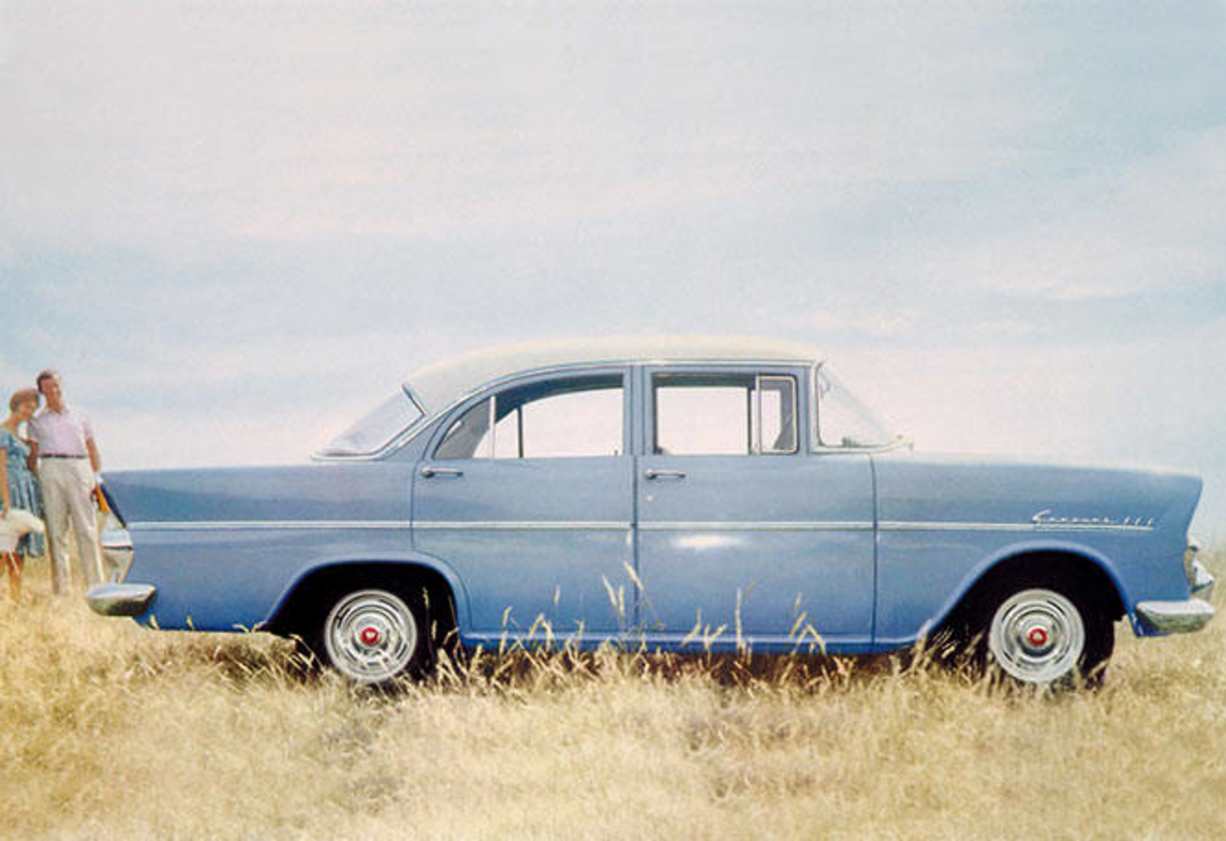
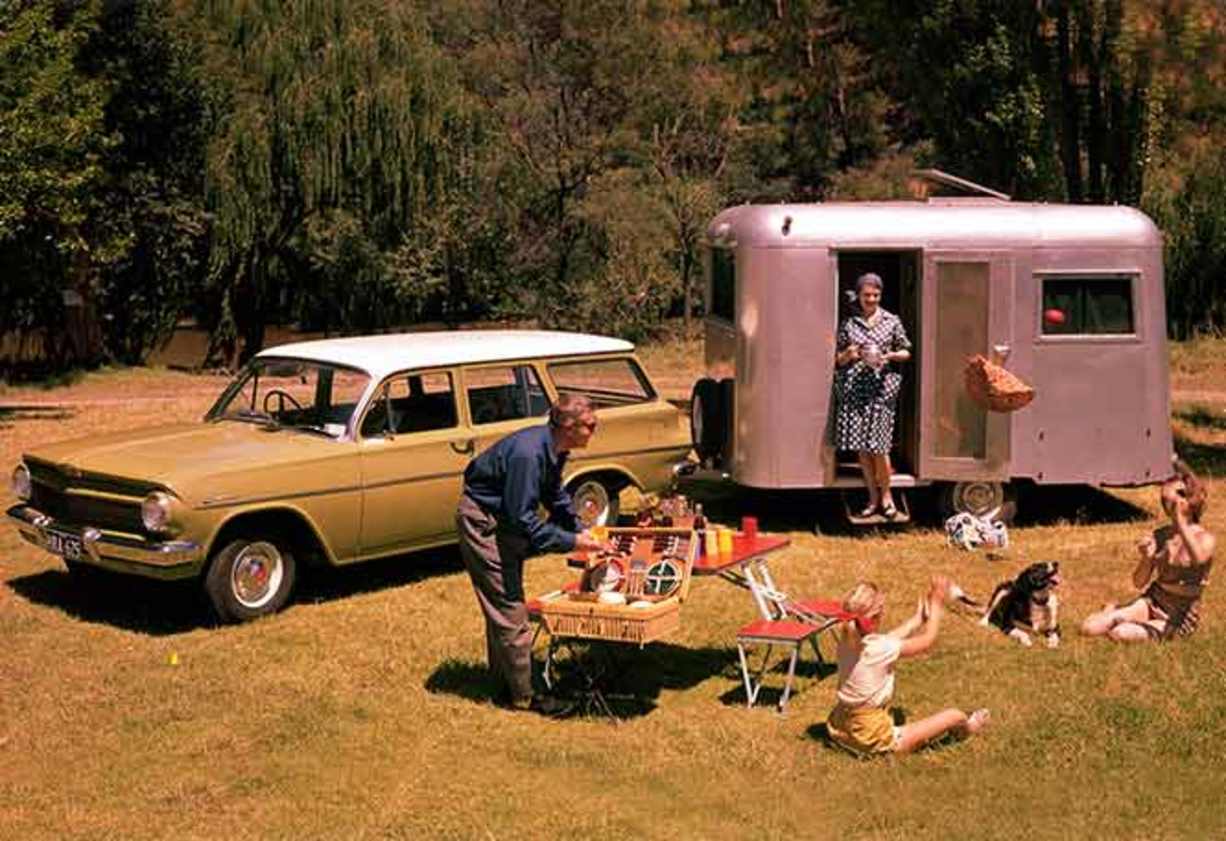

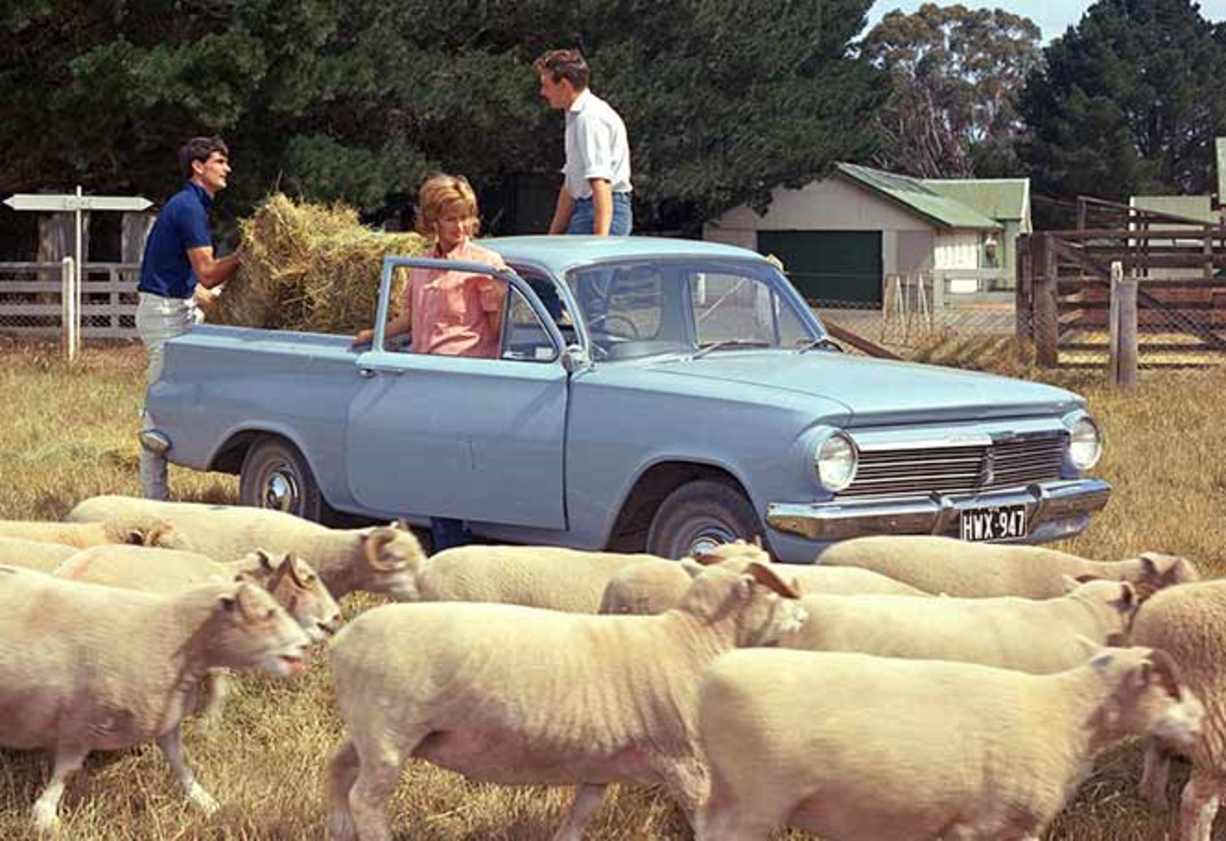


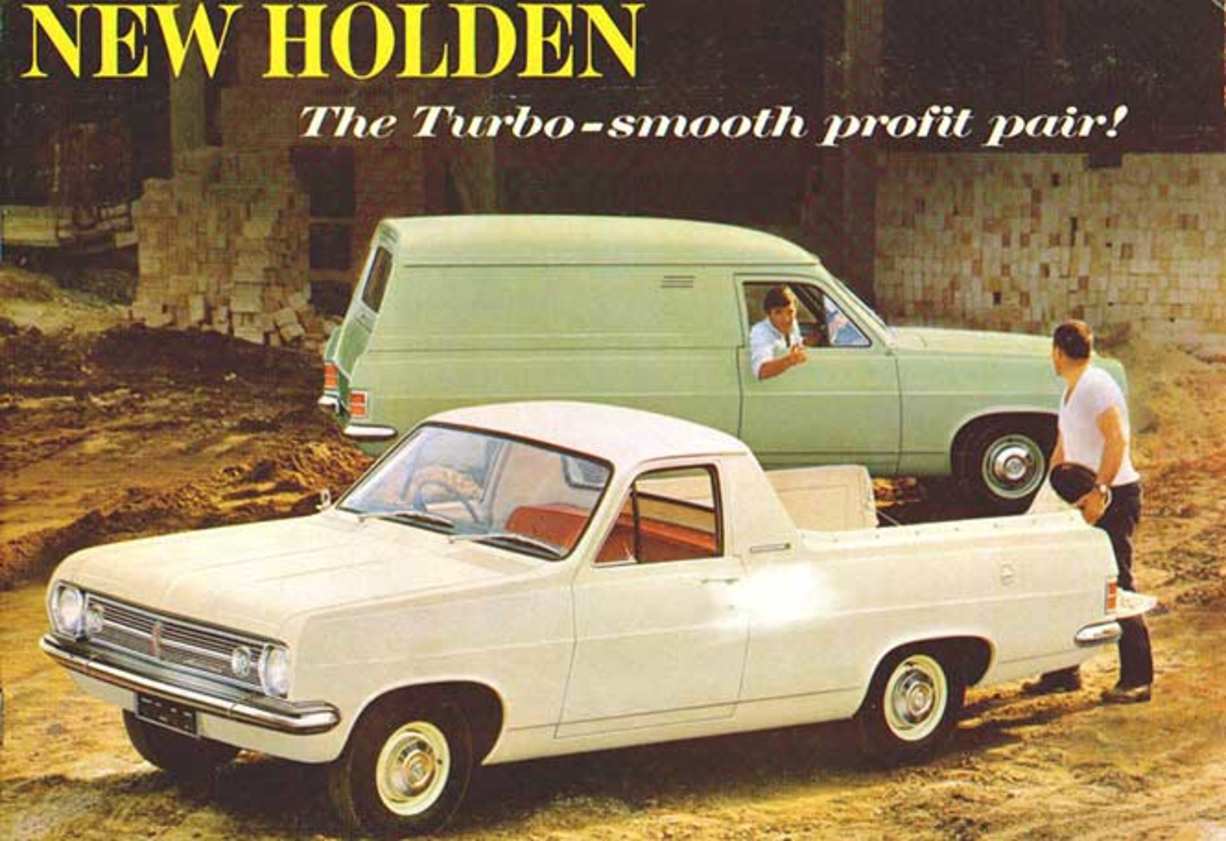










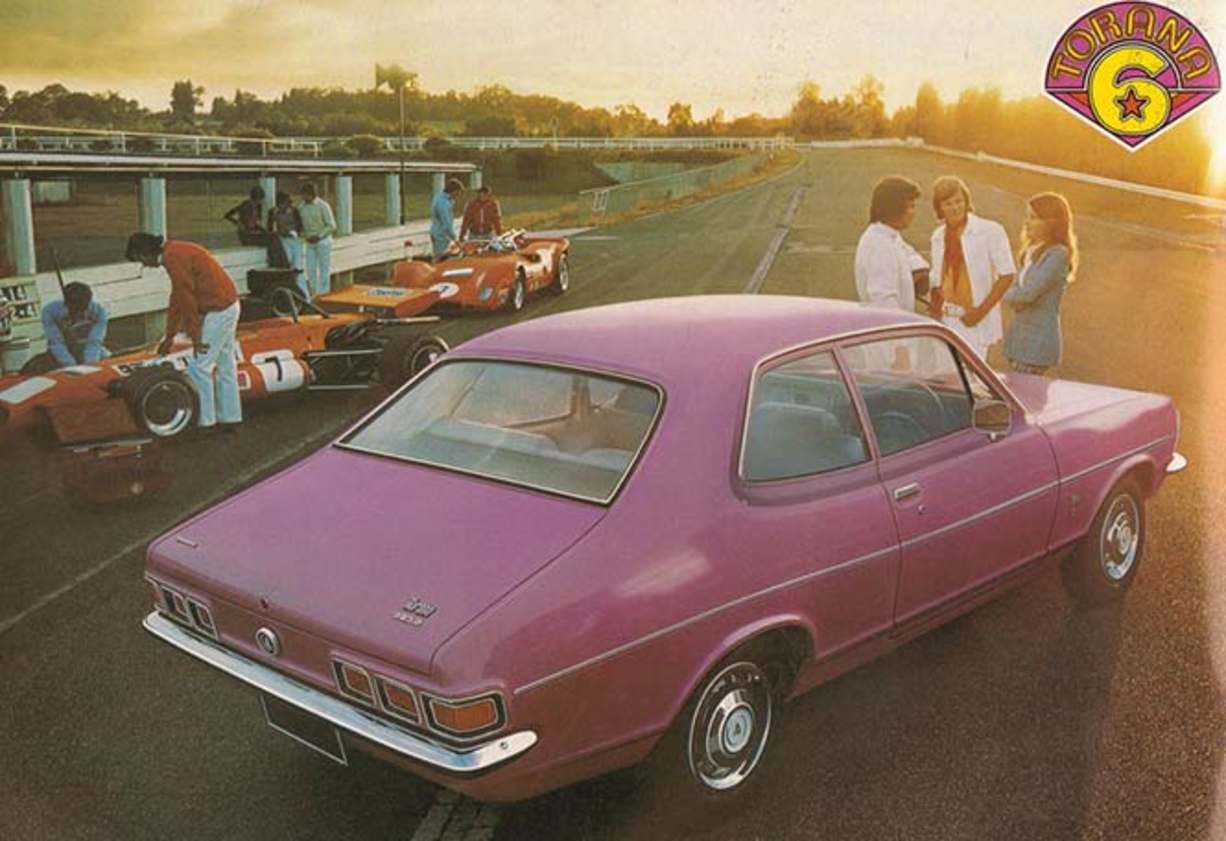



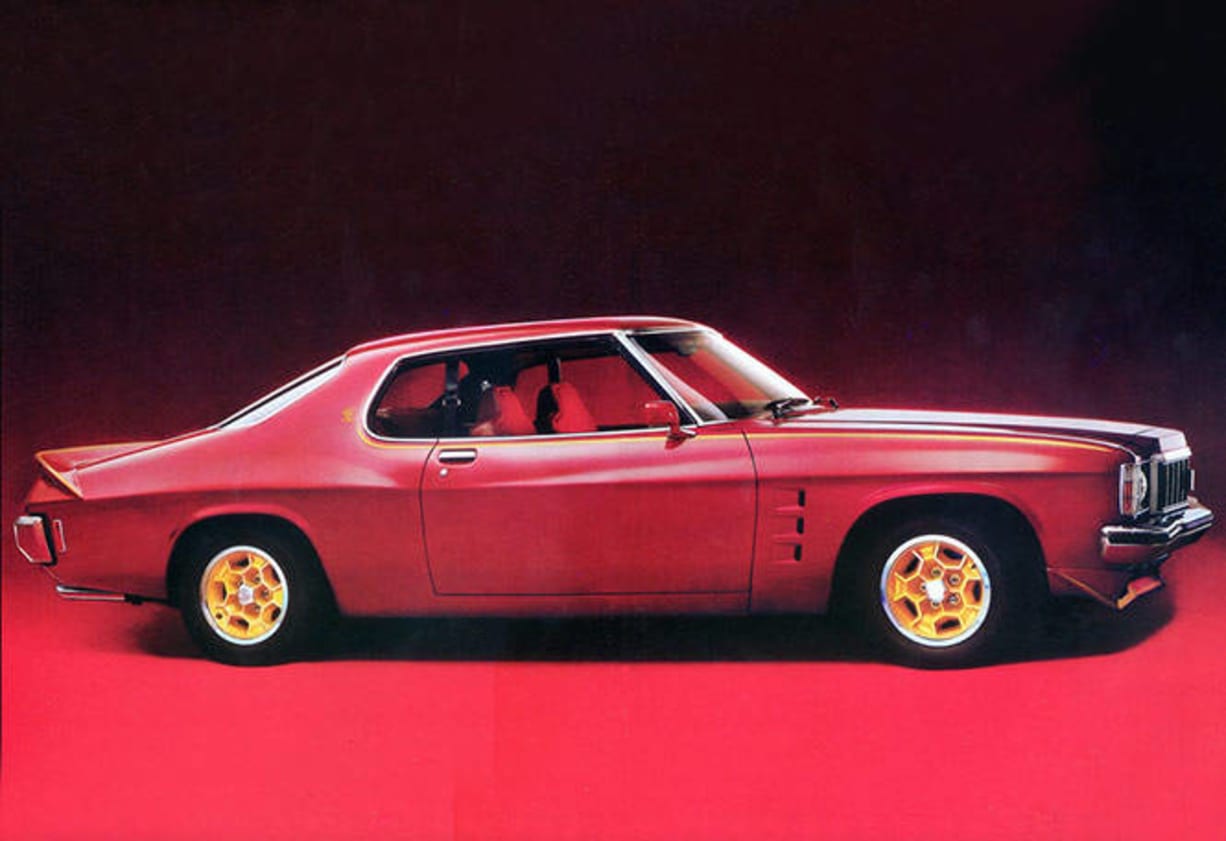









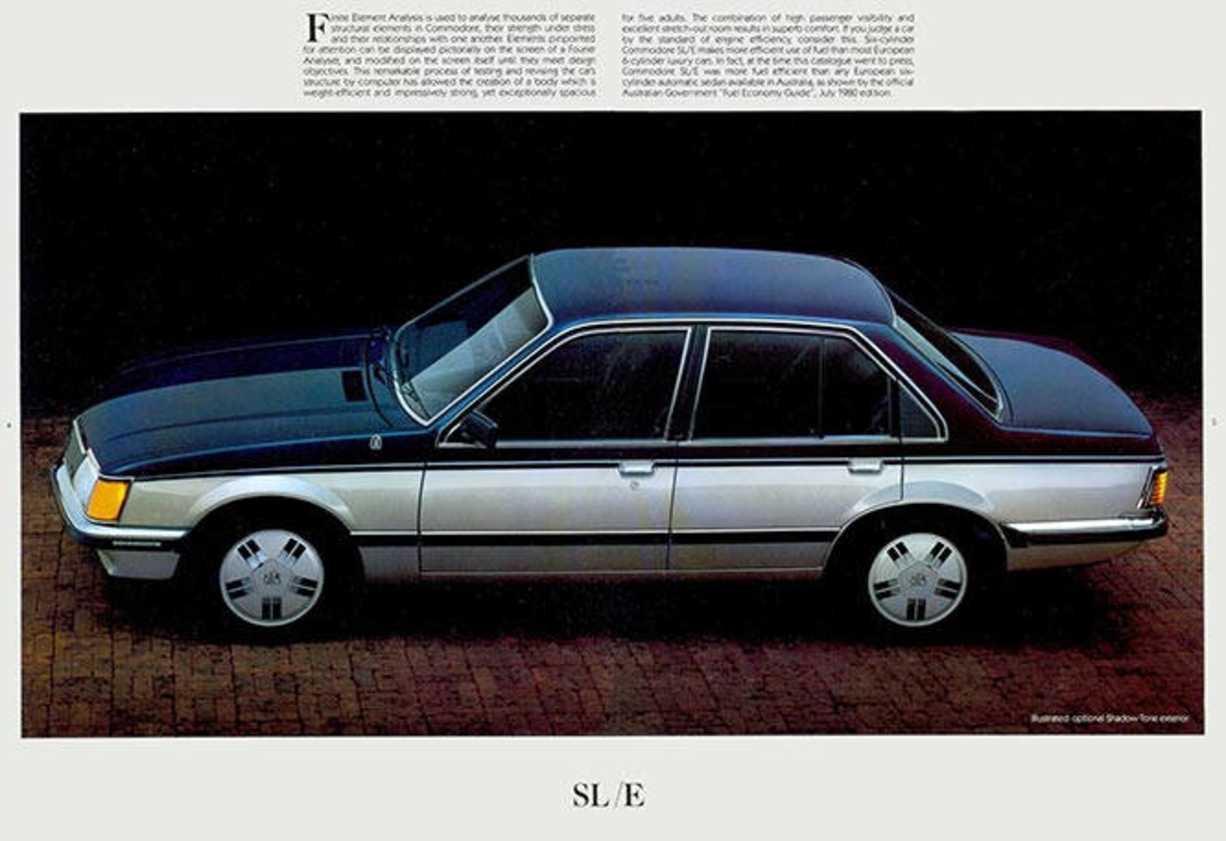



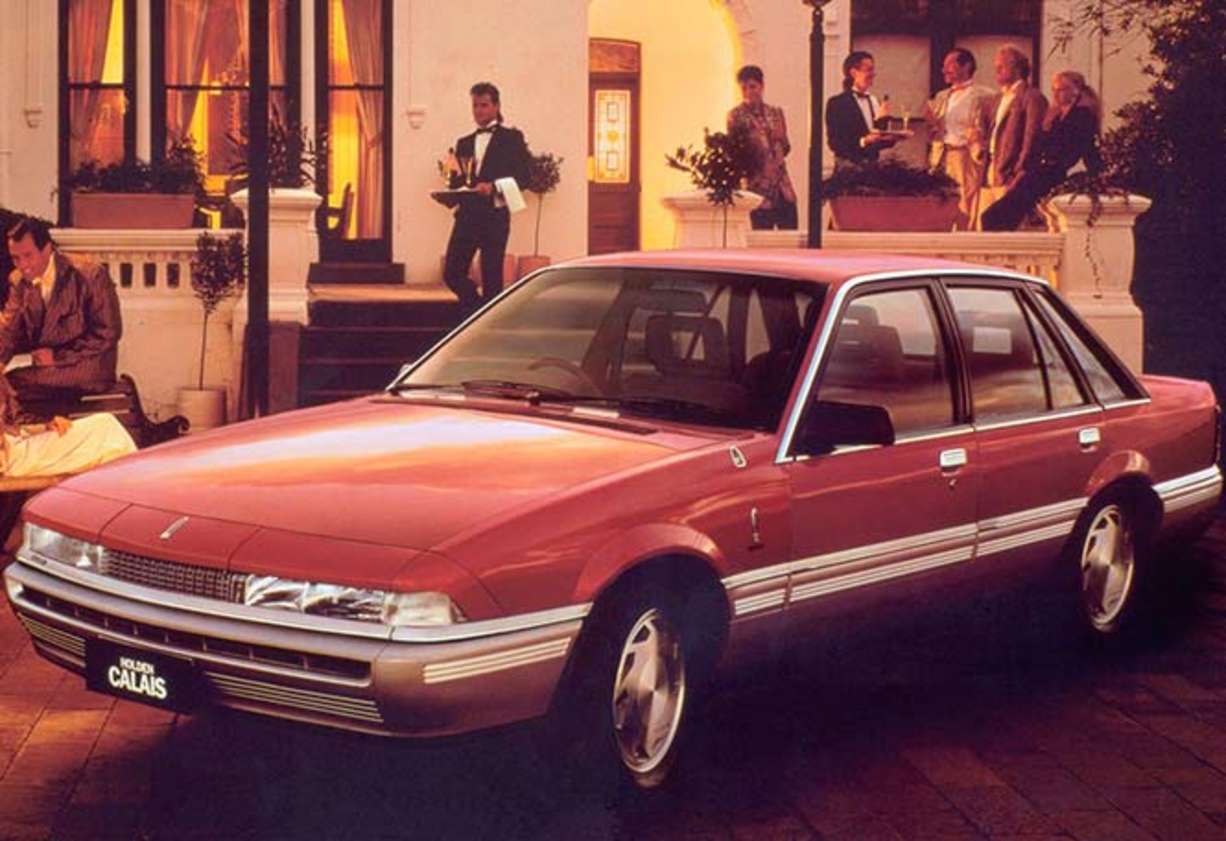









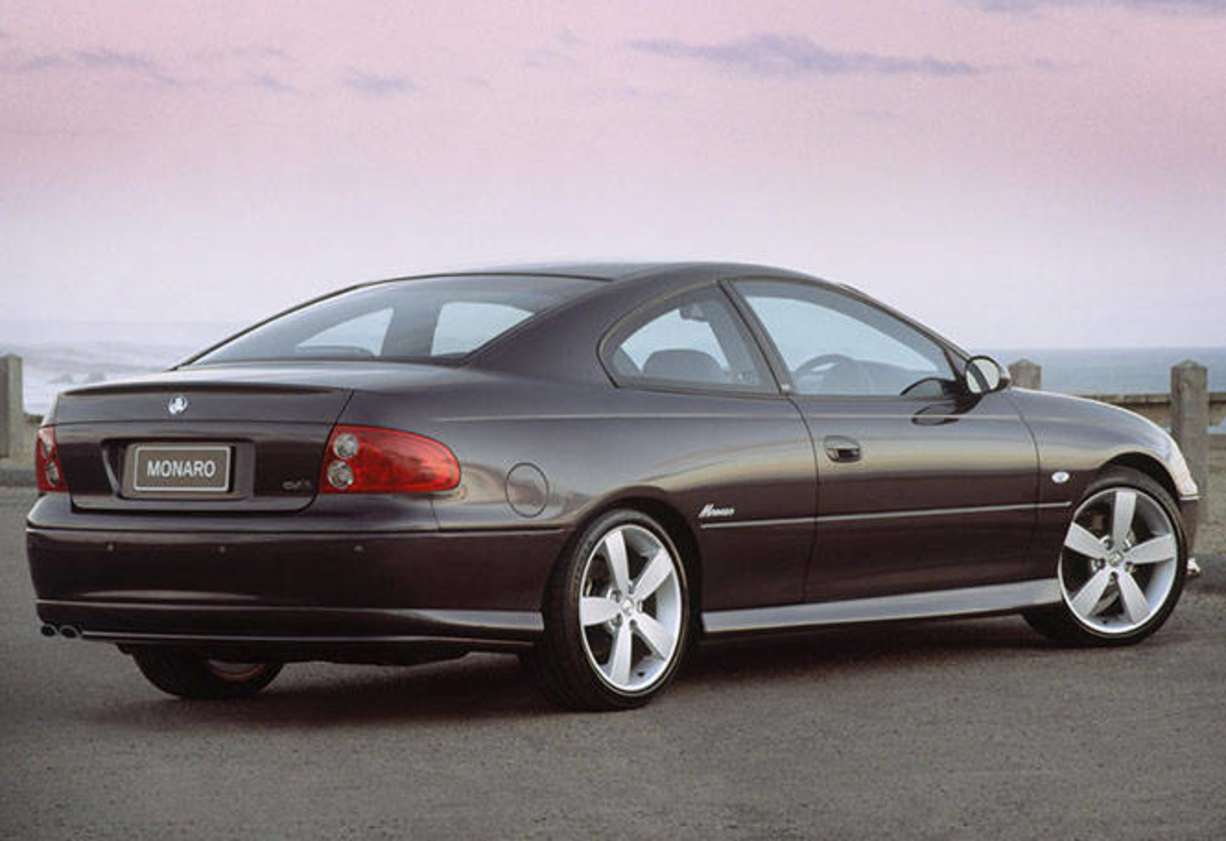


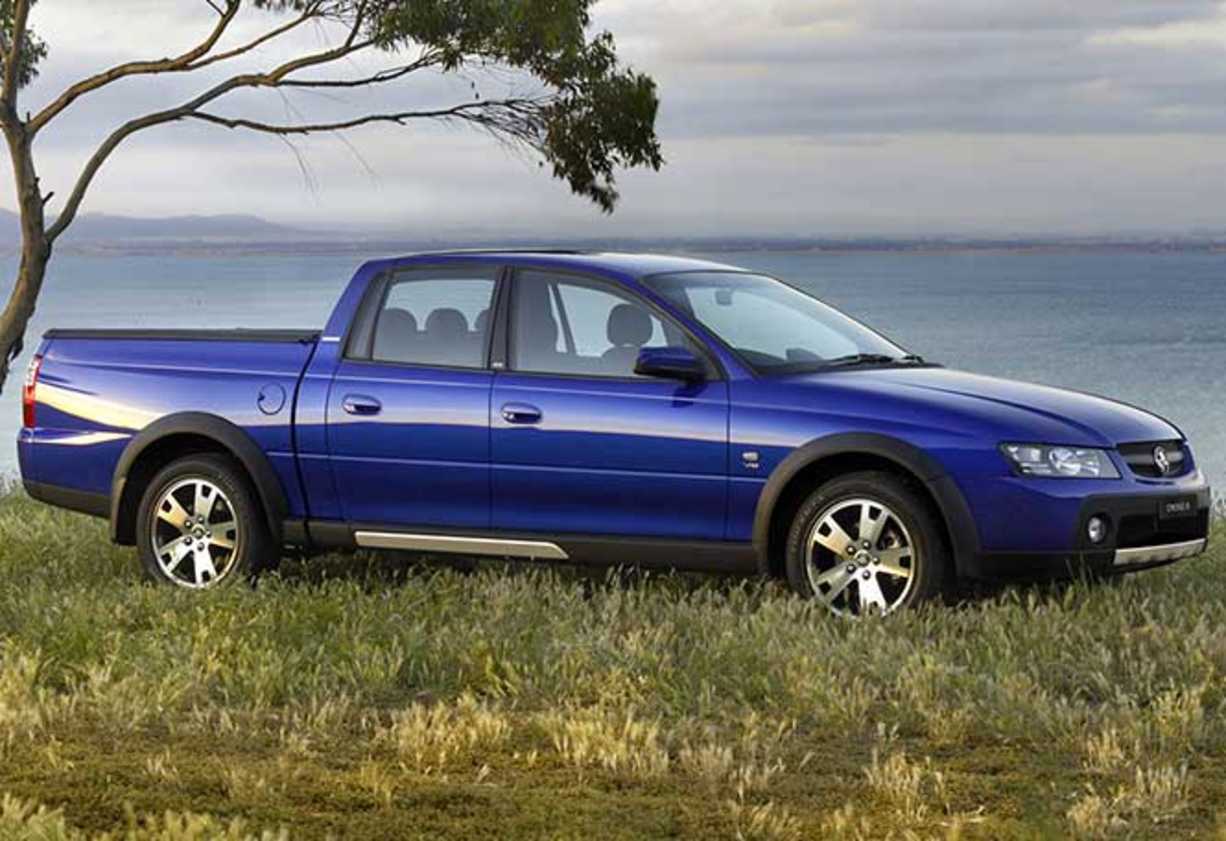
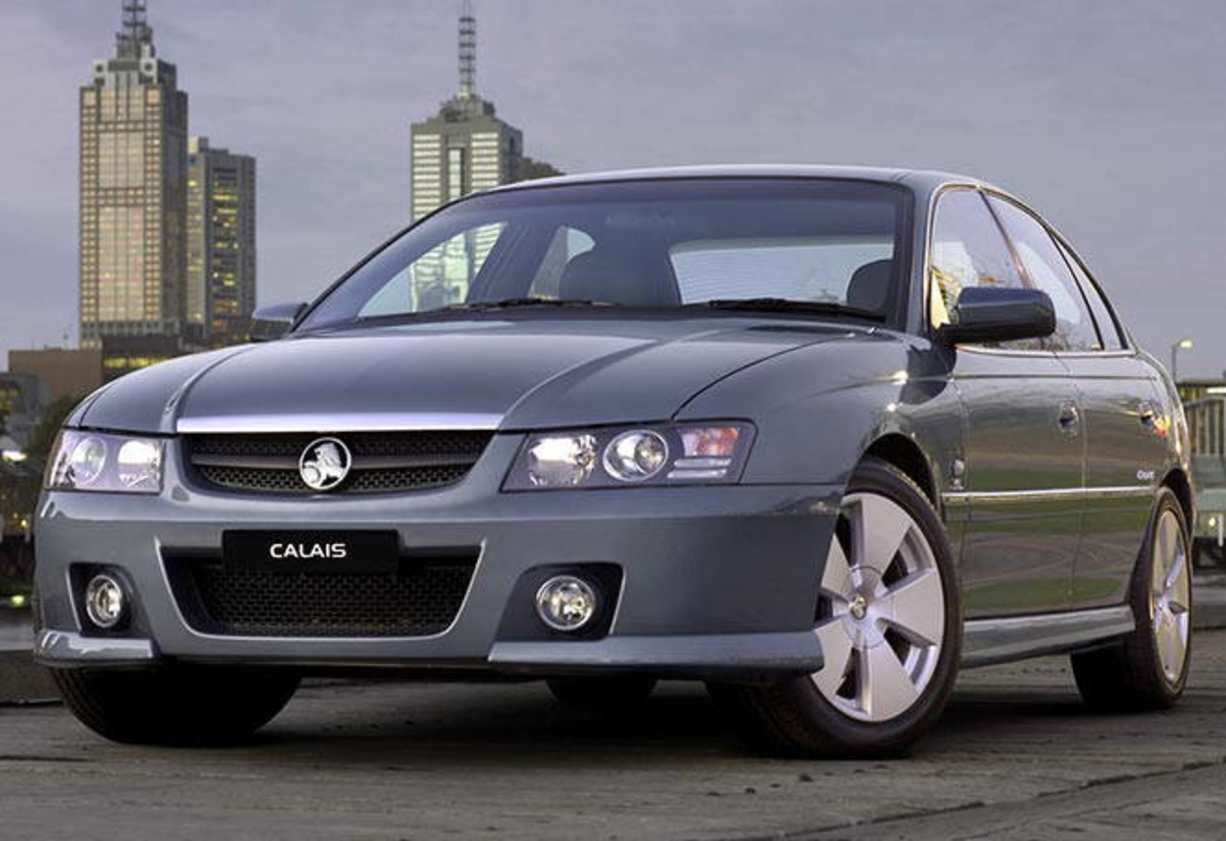
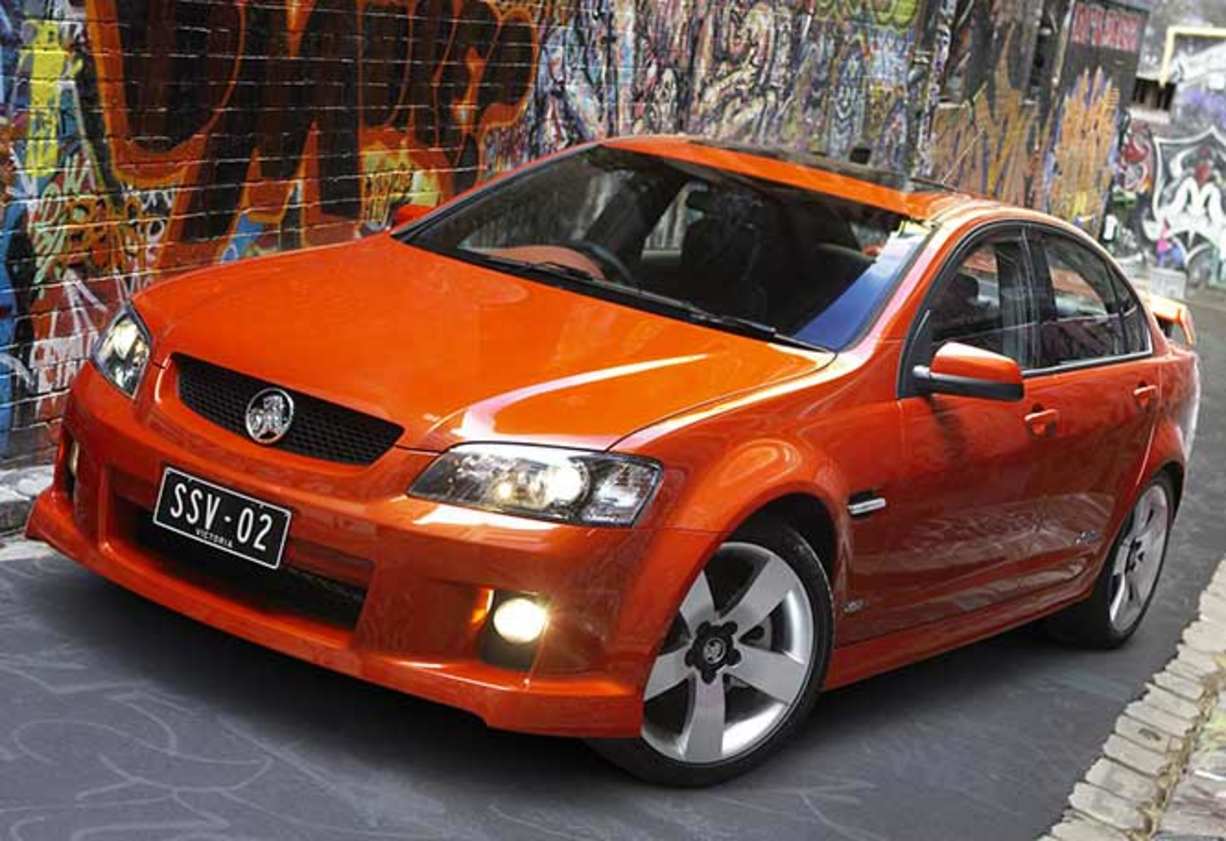

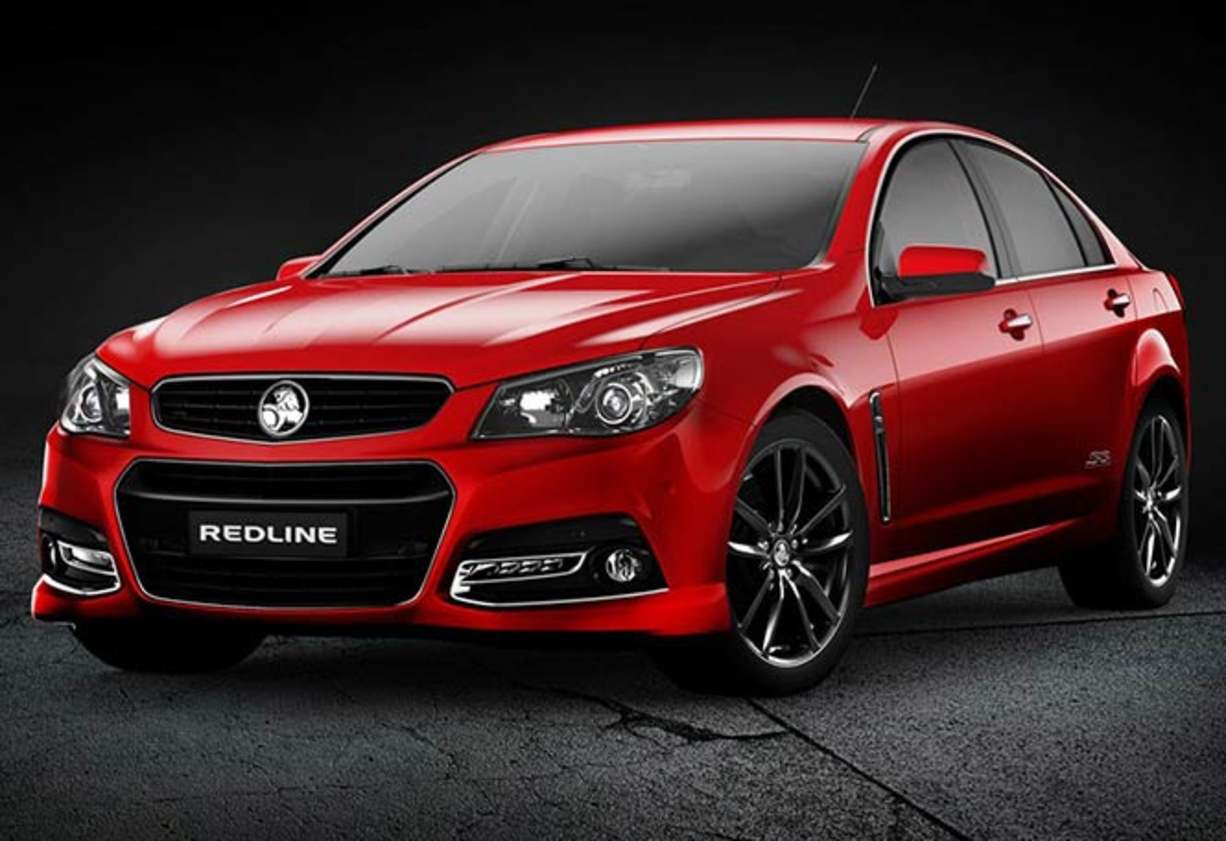





























































_0.jpg)
.jpg)

.jpg)

.jpg)

.jpg)
.jpg)


.jpg)